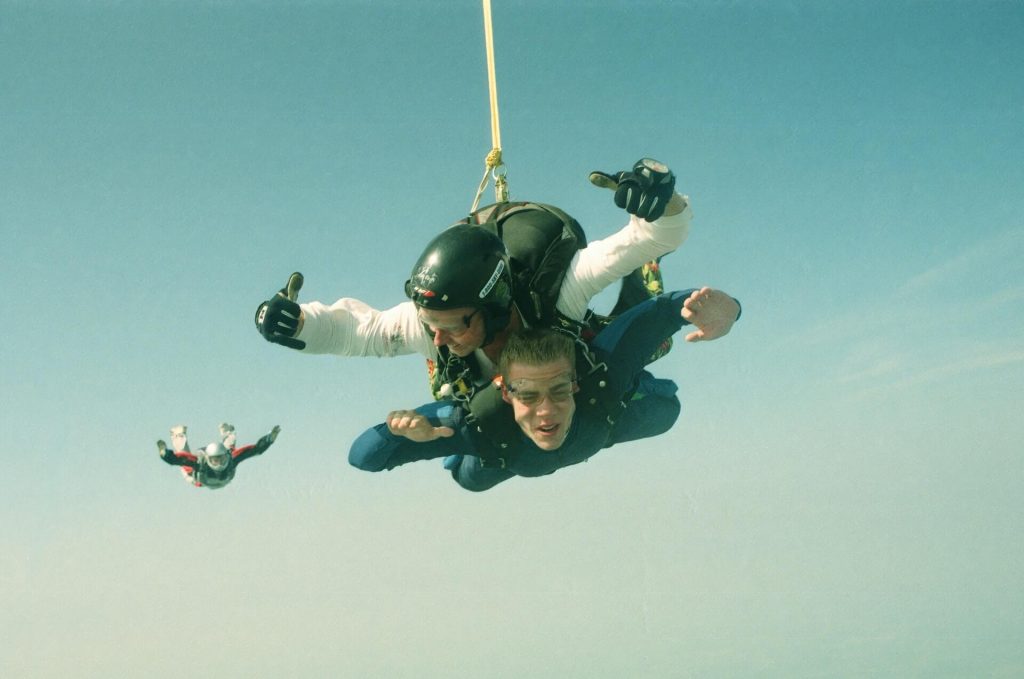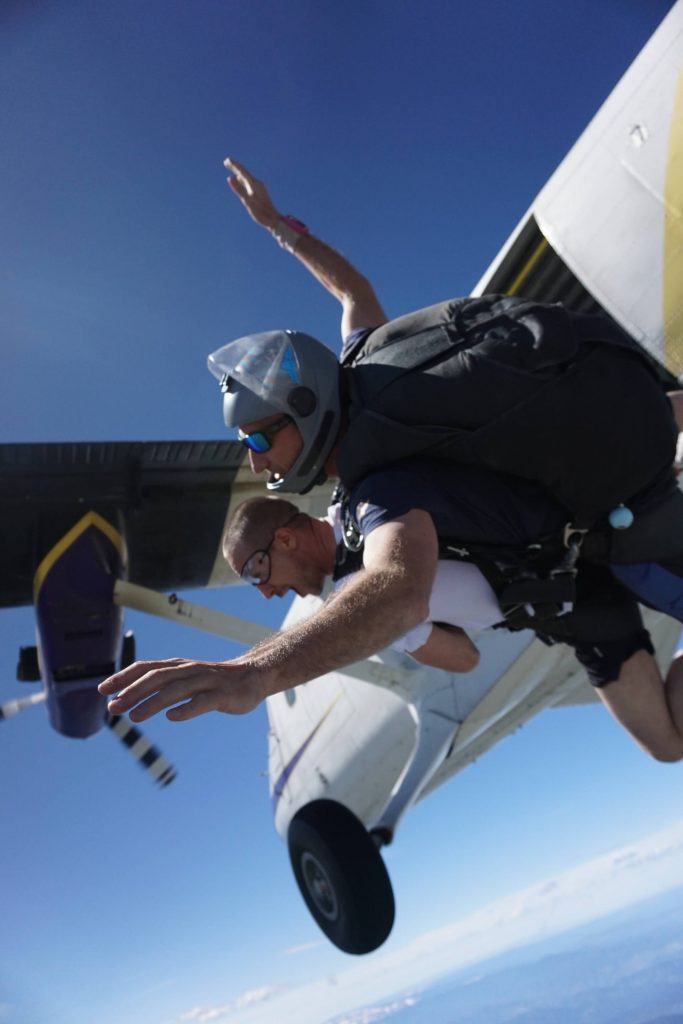License for skydiving

Skydiving qualifications are classified into strong competence, training officer qualification, and other qualifications.
The strong qualification includes certificates of Grade A (Elementary), Grade B (Grade), Grade C (Advanced), and Grade D (Advanced), and each requirement is as follows.
Class A certificate: A person who has a record of free descent at least 25 times after completing the training;
Class B certificate: A person who has a record of free falls at least 100 times
Class C certificate: A person who has a record of free falls at least 200 times
Class D certificate: A person who has a record of free falls at least 500 times
Trainee certificates are subdivided into lifeline descending instructors, two-seater descending instructors, and fast free descending instructors. Each trainer is again classified into a quasi-instructor, an orthodontist, an examiner, and an instructor judge, and after having a training experience as a quasi-instructor, they obtain an orthodontist certificate.
In the case of the first training officer qualification, the lifeline descent quasi-instructor qualification, a person with a C or D grade strength certificate must have at least 300 decent records. The orthodontist shall have at least 500 decent records and the tester shall have at least 1,500 decent records.
Other certificates include qualifications for pilot instructors, referee qualifications, parachute mechanic qualifications, and cinematographer qualifications.

